Eversharp Coronet
![]()
The Coronet is widely held up as the acme of Art Deco pen design. It is certainly one of the most architectural of pens, strongly reminiscent of such American Deco icons as the Chrysler Building and the Empire State Building.
When introduced towards the end of 1936, advertisements boldly announced "GOLD IS BACK!" and noted that the new pen came with Eversharp's Safety Ink Shut-Off -- but neglected to identify the design by name. Later advertisements and catalog listings continued this practice, leading many collectors to wonder where the Coronet name came from, and to which pens it properly applied -- if any.
After a bit of digging, the only primary source that I could find was a catalog reprinted in the February 1983 issue of the Pen Fancier's Magazine, there dated to 1939. The relevant page appears below. Note that the boxed set has a medallion on a ribbon running across the inside top of the box; the medallion bears the word "CORONET", surmounted by a crown.
 |  |  |  |  |  |  |  |
 |  |  |  |  |  |  |  |
 |  |  |  |  |  |  |  |
 |  |  |  |  |  |  |  |
 |  |  |  |  |  |  |  |
 |  |  |  |  |  |  |  |
 |  |  |  |  |  |  |  |
 |  |  |  |  |  |  |  |
What is remarkable here is the claim that "The new Wahl-Eversharp Coronet Pens and Pencils are manufactured for sale by jewelers only." This is even more difficult to make sense of when one considers the following page, which illustrates a number of pencils that appear substantially identical to those belonging to the Coronet Line, only differing in model number and pricing (for example, 10639 and 10610). Perhaps the illustrations are at fault here, however, for most of the Coronet Line items are described as engine turned, but none of the regular line pencils (though 13400 seems very clearly to be engine turned, and in fact appears to be more elaborate than its more expensive Coronet Line equivalent, 13430).
 | 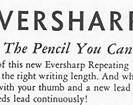 | 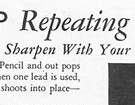 | 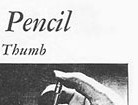 |
 | 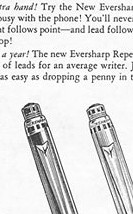 | 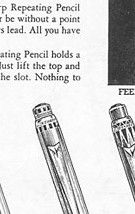 | 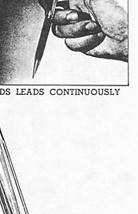 |
 | 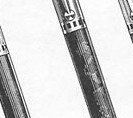 | 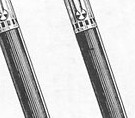 | 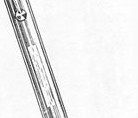 |
 | 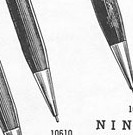 | 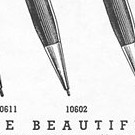 | 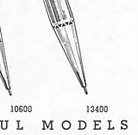 |
 | 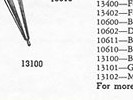 | 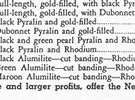 | 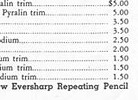 |
The Coronet Line pricing is also at odds with that found in Wahl-Eversharp's ads throughout the Coronet's run. From the first ads in 1936 up to the last listings in 1941, the pens were consistently advertised at $10, or $15 with matching pencil. Nor does there seem to be any logical explanation for the two different patterns of the classic gold filled full-overlay Coronet: the simpler version (without the band of long triangles below the band of small triangles at the top of the cap) shown as part of the Coronet Line above is the same one shown in the 1936 ads, yet those same ads show it paired with the more elaborate pencil (with the extra band of long triangles) -- which in the catalog above, is apparently excluded from the Coronet Line.
Coronets are hard to come by, especially in good condition. The fully-covered model cost $10 -- the same as an oversize Doric -- while the versions with the metal cap and celluloid barrel cost $8.75 -- priced exactly midway between a standard Doric and an oversize. Most of the classic, fully-covered pens show significant plating wear from posting the cap on the end of the barrel, and many are found with the transparent portion of the section broken or crystallized. Much of the breakage must be due to repairmen's lack of familiarity with the pen's unusual construction. Instead of removing the section to gain access to the barrel interior, one must remove the entire forebarrel and section assembly, which press-fits into the barrel proper. Construction and disassembly of the half-Coronets is, however, entirely conventional.